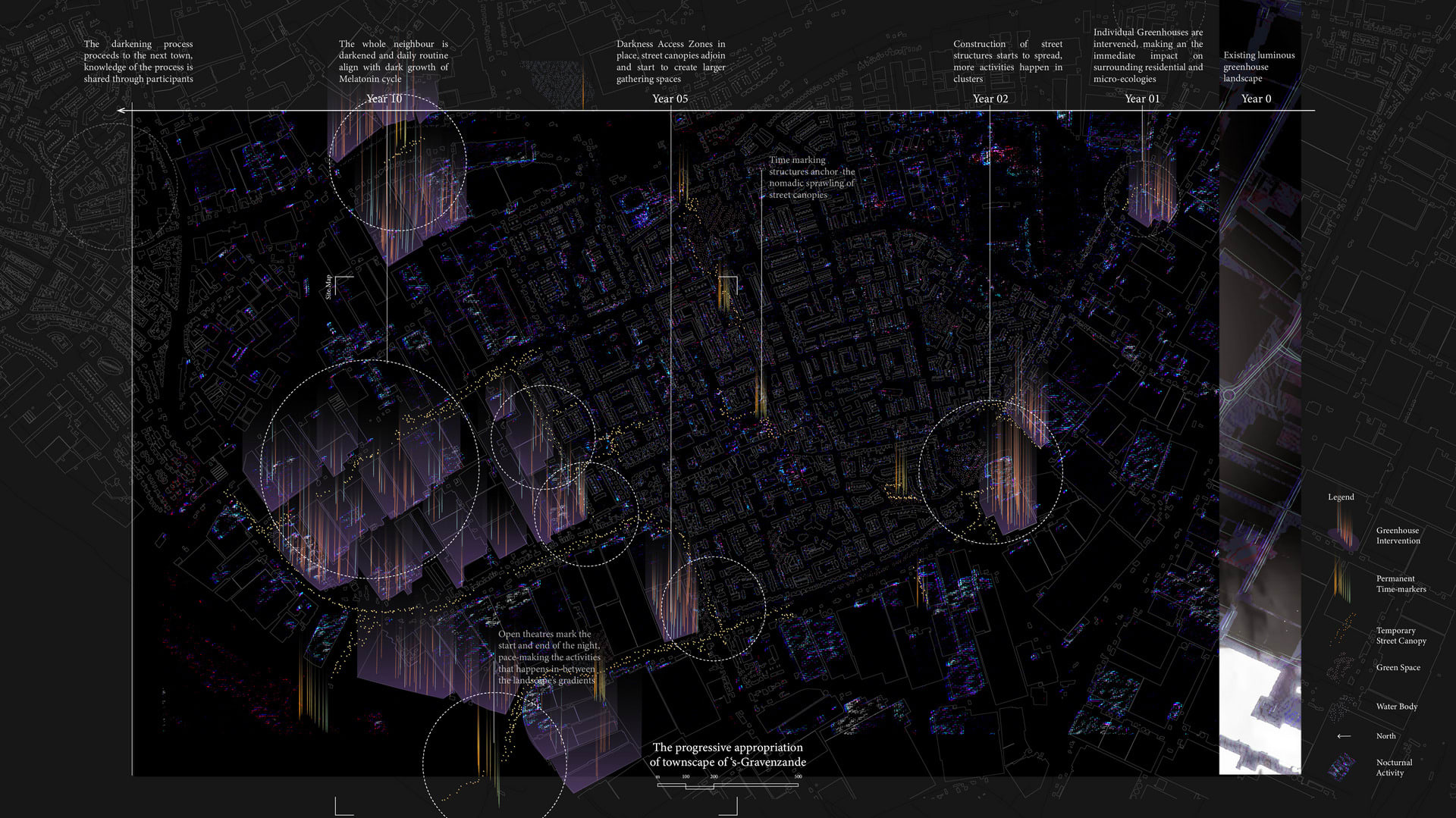Michelle is an Architectural Designer based in London. Her work at the Royal College of Art revolves around translating narratives into spatial qualities; delicacy and subtlety often characterise her work.
She completed her undergraduate degree at the University of Bath in 2018 before which she had worked for Colman Architects and Rick Mather Architects in London; being involved in various cultural and civic projects, including Cheltenham Ladies' College Masterplan, Centre Point refurbishment and a range of competition proposals. Upon graduation, she took the opportunity to work with Aedas Hong Kong, overseeing a boutique apartment block from conceptual design to early construction stages.
She furthered her attentiveness to environmental justice with ADS3 at the RCA this year, with her thesis research project “Ruins of an Exhausted Landscape” exploring alternative productivities to the contemporary acceleration, where forms of collective care and night share are prioritised. Her project last year with ADS9 experimented with spatial conditions materialised through the aura of darkness and the choreography of a new construction material she experimented in relation to temporal and behavioural patterns. This proposal of an unfamiliar ground for learning was shortlisted for the RIBA West Awards.
Speculating on the role of spatial design in mobilising social-political and knowledge agencies, her proposal for Reimagining Museums for Climate Action in summer 2020 was shortlisted; whilst another one for an international architecture competition addressing crisis of human trafficking received honourable mentions.
She wishes to continue her multidisciplinary practice into celebrating the ordinary every day of every extraordinary kind. She is keen to participate in design and curatorial projects that speak of environmental urgency in the UK, especially opportunities to carry on working with emerging building materials and methodologies, that would impact the industry’s environmental footprint, and racial representation.


![[untitled]](https://res.cloudinary.com/rca2020/image/upload/f_auto,h_1084,w_1920,c_fill,g_auto,q_auto/v1/rca2021/60c52652a98c7847e507c0a6-537183?_a=AXAH4S10)
![[untitled]](https://res.cloudinary.com/rca2020/image/upload/f_auto,h_1083,w_1920,c_fill,g_auto,q_auto/v1/rca2021/60c52652a98c7847e507c0a6-386772?_a=AXAH4S10)


![[untitled]](https://res.cloudinary.com/rca2020/image/upload/f_auto,h_1083,w_1920,c_fill,g_auto,q_auto/v1/rca2021/60c6d1d9101fec8c9f1f8e32-619255?_a=AXAH4S10)
![[untitled]](https://res.cloudinary.com/rca2020/image/upload/f_auto,h_1084,w_1920,c_fill,g_auto,q_auto/v1/rca2021/60c6d1d9101fec8c9f1f8e32-421204?_a=AXAH4S10)








![[untitled]](https://res.cloudinary.com/rca2020/image/upload/f_auto,h_612,w_1920,c_fill,g_auto,q_auto/v1/rca2021/60c6d8c7101fec8c9f260334-184774?_a=AXAH4S10)
